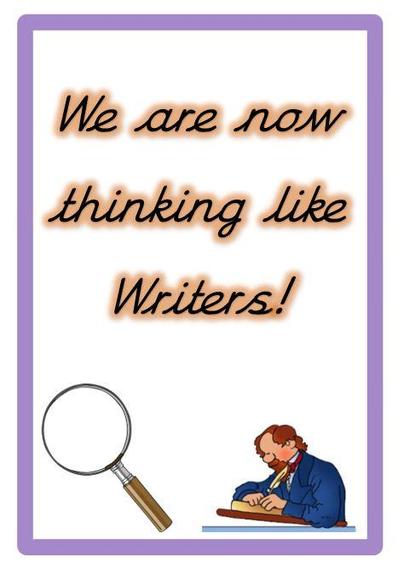Writing

Writing at Saint Patrick’s Catholic Primary School
Intent
Our aim is to develop a love of both reading and writing in the children at St. Patrick’s Primary School. As staff, we will nurture this love by communicating our own passion for reading and writing with the children. We will show how much we enjoy teaching high quality texts and engaging pupils in the world of both fiction and non-fiction writing. Our reading lessons are inclusive for all. Disadvantaged learners are identified and strategies are put in place to engage and support their learning and ensure that progress is made.
Implementation
The National Curriculum for English (2014), with specific reference to writing aims to ensure that all pupils:
- acquire a wide vocabulary, an understanding of grammar and knowledge of linguistic conventions for reading, writing and spoken language
- appreciate our rich and varied literary heritage
- write clearly, accurately and coherently, adapting their language and style in and for a range of contexts, purposes and audiences
Our teaching of writing is rooted in enjoyment and purpose. It starts with speaking activities such as discussion and drama. We use a core quality text or book as a model of how to write. This book-based approach is designed to engage and inspire all learners. The children take part in speaking and listening activites in preparation to write. We use Immersion (in the text), Imitation (developing writers’ tips and vocabulary) and Innovation (Extended writing ). We also use strategies such as shared and modelled writing, including writers ’skills in ’short burst writing’, leading to a final extended piece over a series of lessons. We also include the specific teaching of Grammar Skills in pupils extended pieces and in grammar and spelling lessons.
Our whole school text mapping ensures that pupils study texts from a range of genres and that there is progression within text types.
We plan an effective English curriculum that is rich and diverse to meet the needs of all learners, making adjustments where necessary to ensure that children with Special Educational Needs and those who are categorised as Disadvantaged Learners are able to achieve their full potential. Children are given support to help them to write effectively – this may be the use of dictionaries and work mats, teacher scribing or language scaffolded work sheets.
Teachers demonstrate high quality modelling within each Literacy lesson and encourage children to include key vocabulary (linked to their Topic), structure their work appropriately into coherent paragraphs and use the grammatical skills and punctuation taught at their year group level.
In addition to English lessons, pupils are given opportunities to use their writing skills across the curriculum. St Patrick’s Catholic Primary School intends to develop writing as a transferrable skill across all subjects taught in the curriculum. Our aim is to provide engaging writing hooks that are linked to each termly topic to give children an audience and purpose for writing. Children are expected to transfer their key topic knowledge and vocabulary into their writing and vice versa to transfer their spelling, grammar and punctuation knowledge into their topic work.
Assessment:
Staff assess pupils each half term against year group specific objectives. However, formative assessment is a continual part of the writing process and informal assessments take place regularly as staff guide their pupils towards the next steps in their writing journey.
Pupils who are identified as not achieving age-related outcomes and/or those on the SEN register are assessed against outcomes most suitable to their current stage. Daily interventions/support may be put in place in order to accelerate writing skills in this case. The nature of the intervention will be decided by the teacher and the SENCO. Examples of support in class includes small group work with an adult during lessons to model key skills, scaffolds created by the teacher to assist with completion of work and word banks/sentence openers provided to assist the child when writing.
Impact
- Through the teaching of writing using high quality texts, our aim is that pupils are able to communicate fluently and confidently using their writing.
- Pupils are able to write succinctly for a range of purposes, using correct writing features, grammatical techniques and apply correct spelling rules.
- Pupils are able to compose extended pieces of fiction and non-fiction as well as to demonstrate their understanding in foundation subjects
